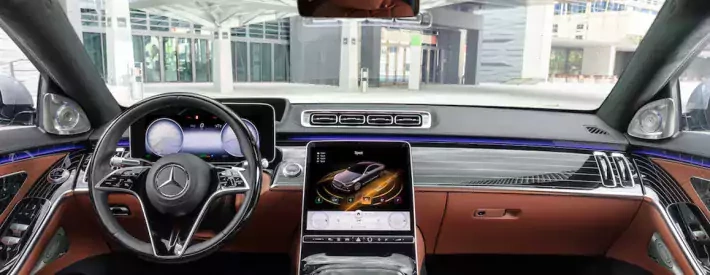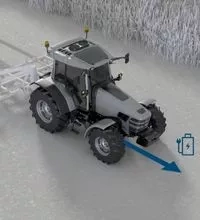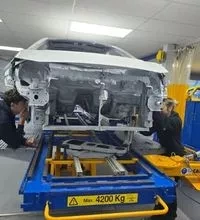Why Mercedes-Benz is taking responsibility for its Drive Pilot technology if it crashes

Mercedes-Benz made global headlines in late March by taking the unusual step of announcing that it will accept legal responsibility for accidents caused by its Drive Pilot automated lane keeping system (ALKS).
The move followed the announcement, last December, that it had become the first vehicle manufacturer to meet the international UN-R157 standard for a Level 3 system, capable of “conditionally automated driving”.
Mercedes-Benz Cars UK was quick to emphasise that this currently only applies to Germany. “The system must safely perform the dynamic driving task when activated,” it said.
“However, the driver still has duties in public road traffic even during conditionally automated driving. It is true that they are allowed to temporarily turn away from traffic in Germany; however, they must, for example, resume the driving task at any time when requested to do so by the system.”
That sounds innocuous but it’s a major step on the road to self-driving. In cars equipped with this tech – reportedly to be available first on the new £83,000 S-Class – in Germany, where 13,000km of motorway are approved for Level 3, the car can do the driving. Just take that in.
In the UK, Thatcham is leading the development of a consumer safety rating to support the safe adoption of Automated Driving Systems (ADS).
Matthew Avery, Director of Research at Thatcham, said: “We're pleased that Mercedes have made that statement, but it has to be seen in context. Firstly, the announcement was made for the German legal system, so you have to look at the legal onus on the driver to maintain control and be responsible.
“From a UK perspective, the recent Highway Code changes clarify that a bit more. It's fairly clear within the Automated and Electric Vehicles Act (AEV Act) that the vehicle manufacturers will ultimately be liable if their system is seen as being at fault.
“It comes back to understanding who was driving at the time of collision, and we’re not so happy that the data part is still slightly ambiguous. Manufacturers are required to record who was driving at the time of the collision. However, it's not clear that the data will be available in every collision, or how that data will be accessible to the insurer.
“What the Mercedes statement does do, which is helpful, is it gives confidence to the consumer that if something goes wrong, somebody will be there to pick up the bill.”
Doug Jenkins, Motor Technical Risk Manager at AXA Insurance UK, agrees. “On paper, the liability is clear,” he said. “But I think there is some work still to do – together – on how it would play out in practice.
“Let’s think about what happens in a claim: You’re lucky enough to be given one of these cars as a fleet vehicle and unfortunately you get sideswiped. There might well be a sticker on the windscreen with the number of an accident management company or fleet manager.
“The person who takes the first notification call will run through a script. They'll ask what happened and you might say “They clipped me and took off the wing mirror”, you’re unlikely to say, “It was an issue with their lane assist system”.
“If it's a sub-£5,000 claim, an accident management company might well just authorise the repair and arrange it via one of their approved repair centres. Job done. This Mercedes announcement means interfering with that very efficient process.
“We will need to develop the process of sign-off and how the costs are charged back – of course, these things will come as we get deeper into the deployment of automated vehicles.
“We’ve recently clarified our cover for electric vehicles (EVs), looking at things like cables trailing and chargers blowing up. These are new eventualities, but it's just a case of changing the wording to respond to new customer needs.”




